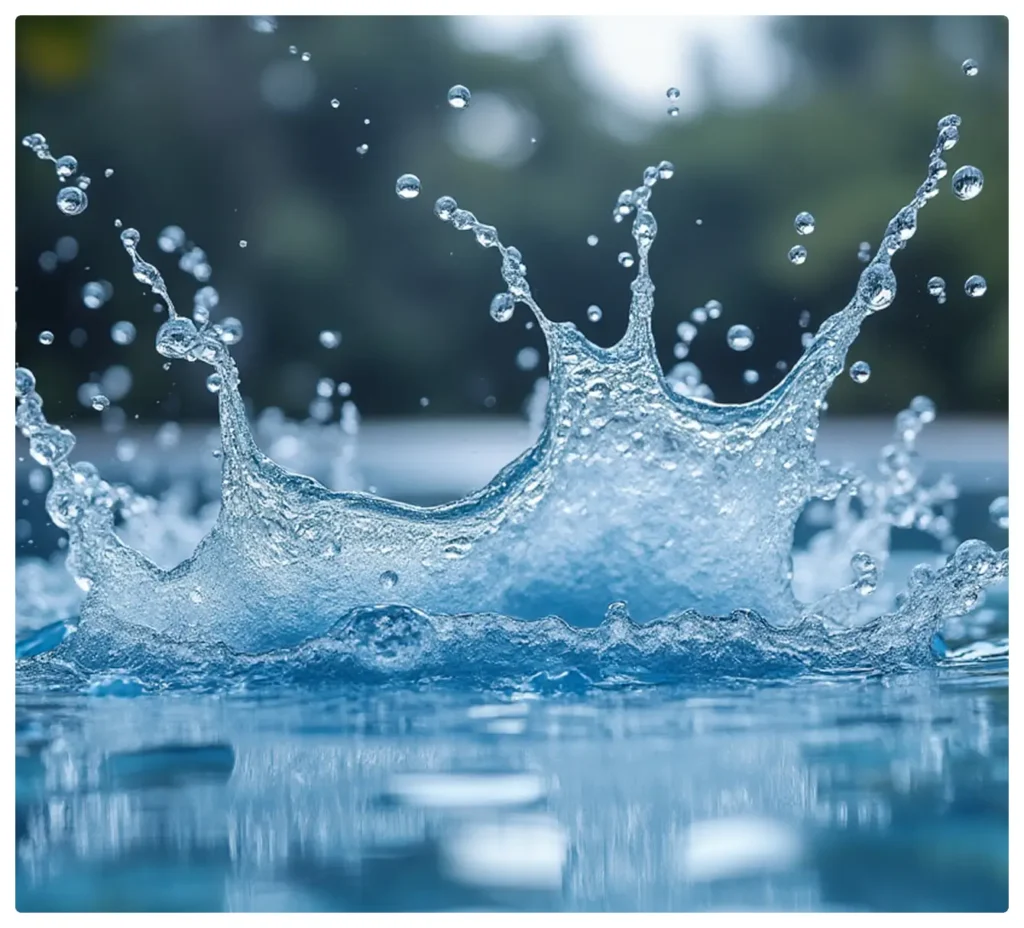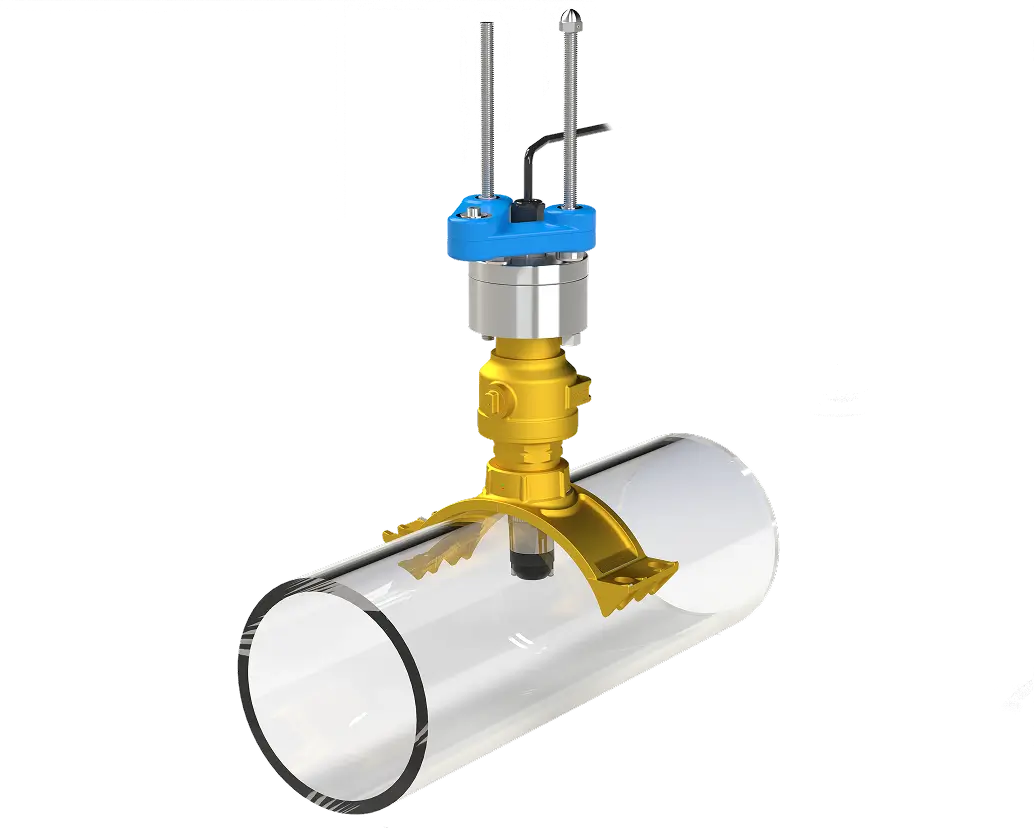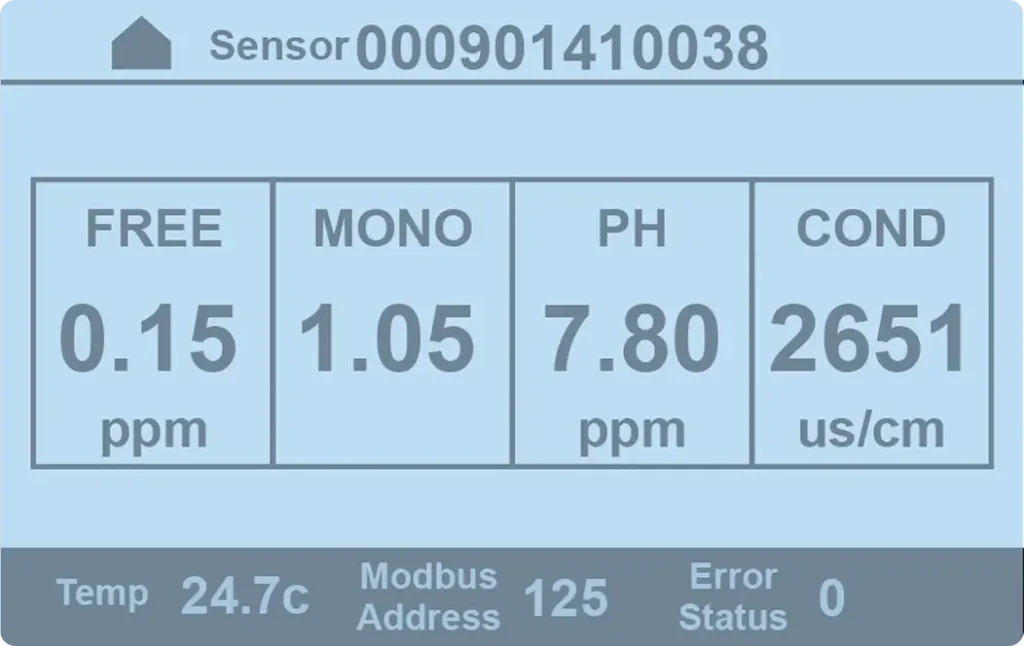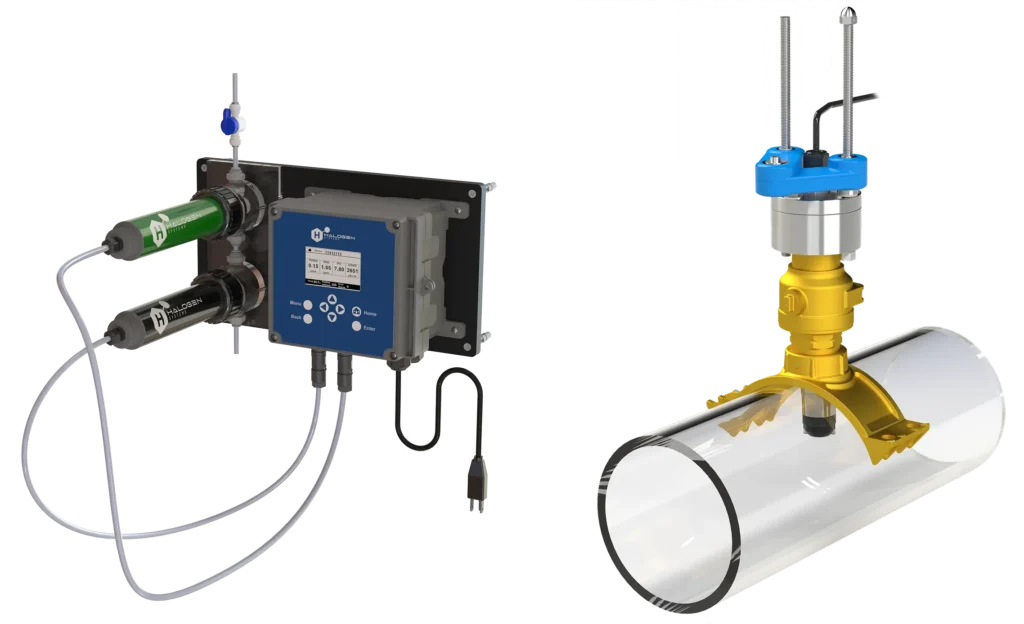New Technology for Chlorine Residual Measurement
- Home
- New Technology for Chlorine Residual Measurement
New Technology for Chlorine Resudual Measurement
- Home
- New Technology for Chlorine Residual Measurement
New Multiparameter Chlorine Analyzer for Drinking Water Distribution Lines
Water treatment plants typically use one of two methods for controlling and monitoring chlorine feeds: Online Reagent feed (DPD) and Amperometric instruments. The DPD systems require costly reagent replacement monthly and a fair degree of maintenance. While Amperometric sensors do not require reagents, frequent calibration is needed. They suffer from flow dependence and small changes result in loss of calibration, pH dependence, and membrane fouling.
Newly available flow independent sensor technology overcomes many limitations of existing amperometric systems for a lower maintenance solution. Besides amperometric chlorine measurement, this sensor measures pH, conductivity, temperature, and ORP (oxidation reduction potential). These added parameters are often sought after by municipal drinking water authorities. This new amperometric sensor technology was funded, in part, by Small Business Investment Research (SBIR) contracts from the US Office of Naval Research (ONR) (DoD, 2020).
Unique features include:
Flow and pressure independent (even zero flow)
Low maintenance – the sensor is self-cleaning.
No reagents, electrolytes, membranes, or waste stream are required.
Flow independent - no flow regulation or flow measurement is needed.
Connects directly into a SCADA (Supervisory Control and Data Acquisition) system.

Measurement technology options
The two existing types of chlorine monitors are described below and compared with the flow independent technology:
Colorimetric technology
In the colorimetric method, chemicals added to the sample react with chlorine to produce a color. The darkness of the color is proportional to the amount of chlorine. These instruments are known as Online DPD Instruments (DPD). The color is measured and the result is converted into a ppm chlorine reading. This is the most widely used chlorine instrument by water authorities, however, they have drawbacks. One is reagent cost. Reagents typically last for 30 days. According to one website, reagents for a single system can cost between $750 aend $1000 per year, including shipping. Since most water authorities have many of these systems, the annual reagent costs can be significant. These systems are complex and require monthly maintenance by service people.
Amperometric Sensor technology
All Amperometric chlorine sensors are electrochemical devices that rely of this reaction to measure chlorine:
HOCl + H+ + 2e- 🡪 Cl- + H2O
Electrons flow from the reduction of Hypochlorous acid to chloride at the cathode. This electron flow is measured by the sensor.
There are two basic designs: Bare and Membrane. In a Bare Electrode system, the three-electrode Amperometric Measurement Method (Figure 1) is used. Voltage is applied between two electrodes using a potentiostat that compensates for solution resistance. The measured current is proportional to the chlorine level.
WE = Working Electrode
RE = Reference Electrode
CE = Counter Electrode
In a Membrane Style system, the two-electrode method is used. It is essentially the same as the three-electrode method, however, the Counter Electrodes and the Reference Electrode are combined and separated from the solution by a membrane. Electrolyte slowly diffuses into the solution and must be replenished periodically.
Amperometric sensors are free from many interferences like manganese, iron and nitrate; substances that interfere with colorimetric methods.
Existing Amperometric Sensors
All “Existing” Amperometric sensors need constant flow, usually by using a waste stream, to maintain their accuracy and calibration. Any pressure spikes or flow changes cause a complete loss of calibration. These sensors produce a waste stream of as much as 65,000 gallons per year, per instrument. The effects of temperature fluctuation cause non-linear signal changes due to membrane characteristics and result in a loss of calibration. According to the City of Lakewood, CA, weekly or semiweekly calibration is needed for the Amperometric sensors. The electrolyte is slowly diluted requiring periodic recalibration, replenishment, and membrane replacement. Most designs limit operation above pH 7.5. pH values higher than 7.5 are often seen in drinking water systems. Changes in conductivity also influence these sensors. (Australia, 2010)
Limitations of Old Amperometric Sensors
Highly Flow Dependent - this means that they cannot be installed directly in a pipe. They require elaborate flow columns that use a waste stream.
Membrane and electrolyte replacement required.
Frequent calibration is needed.
pH dependent.
Temperature dependent.
New Flow independent and self-cleaning chlorine sensor eliminates limitations
Since this sensor is installed in mains, NSF 61 certification is needed. The sensor uses common wet installation methods and components. This new sensor is also EPA 334.0 compliant as are other amperometric and DPD instruments.
Features
Flow Independent Measurement
this sensor is unaffected by flow velocity changes from 0, to 12 m/s. (HSI 06, 2020). This sensor style has an integrated pump, which uses a long-life brushless motor to deliver a fixed velocity across the electrodes, creating a measure of flow independence. The high velocity flow across the electrodes also improves sensitivity and improves the Signal to Noise Ratio.
Reducing total cost of ownership
Online DPD instruments need chemical reagents with monthly replenishment. Both methods need flow regulation and produce a waste stream with a flow rate of about 500 mL per minute that totals up to 69,204 gallons per year, per instrument. (Emerson, 2018) Depending on the water source, this costs $191 per year (at MWD Rates) per instrument. These systems also need the infrastructure to drain this waste stream. At many locations, this is not practical. The flow independent sensor gives the utility the ability to install a chlorine analyzer at each well location for greater reliability and protection of the public. Below is a summary of the relative costs of both the colorimetric and the flow independent sensor.
Ease of Service
A Wet Tap installation method enables direct insertion into a distribution pipe. The highly integrated design reduces the electronics cost and size, while increasing reliability.
Figure 2 Sensor installed without optional Remover
Figure 3: Remover installed to retract sensor to
1. Valve close point
2. Then removal point

Better information with additional parameters
This multiparameter sensor measures four other parameters in a single compact package. These measurements provide the utility with information far beyond the free chlorine level. There is no need for recalibration under changing water conditions. Discrete sensor systems with a similar number of parameters (such as pictured at right) often cost five or six times as much.
Parameters
Amperometric Free Chlorine
Free chlorine is measured every 55 seconds. The readings are pH, temperature and conductivity compensated.
Integrated pH sensor
Two-year life versus the industry average of six months. This sensor cartridge is an integral part of the sensor. The sensor is continuously cleaned. A unique pH sensor can tolerate pressures up to 200 PSI. The pH sensor, shipped dry, wets out within minutes, and does not need frequent calibration.
Integrated Conductivity Sensor
changes in conductivity are important to water utilities and can indicate contamination, a pollution event, or other problems.
Oxidation Reduction Potential (ORP)
Measuring ORP in drinking water provides another indicator of possible contamination or piping failure. This unique method of measuring ORP keeps the electrodes clean. All these parameters are transmitted via the Modbus communication protocol. An optional local Display is available for viewing parameters, troubleshooting and calibration.

Side stream for simple installation
The side stream version of the sensor can be installed for either temporary or permanent monitoring of water treatment branches. The sensor requires only a small flow of 0 to 0.5 GPH for operation. 12 or 24VDC power can be used. The sensor can also be connected to a SCADA system for real-time monitoring. A ¼” ID tube is used for water sampling. Since the sensor does not require any flow, it can be installed in a tank.

Conclusion
Water utilities now have another choice for chlorine measurement that measures four additional important water parameters and provides better information for a fraction of the cost of discrete sensors. Direct insertion in a pipe means that sensors can be installed in almost any location without the need for a waste line. Lower maintenance results in labor savings. Reagent-free operation and water savings reduce cost. This sensor is a new option for water treatment problems.
References
Australia, W. Q. (2010). Development of Tools for Improved Disinfection Control within Distribution Systems. WQRA.
DoD. (2020, July 07). SBIR-STTR-Sucess: Halogen Systems, Inc. Retrieved from sbir.gov: https://www.sbir.gov node/170408
HSI 04. (2020). Halogen ISO 15839 Field Test. White Paper 04.
HSI 06. (2020). Amperometric Flow Sensor Test Report. White Paper 06.